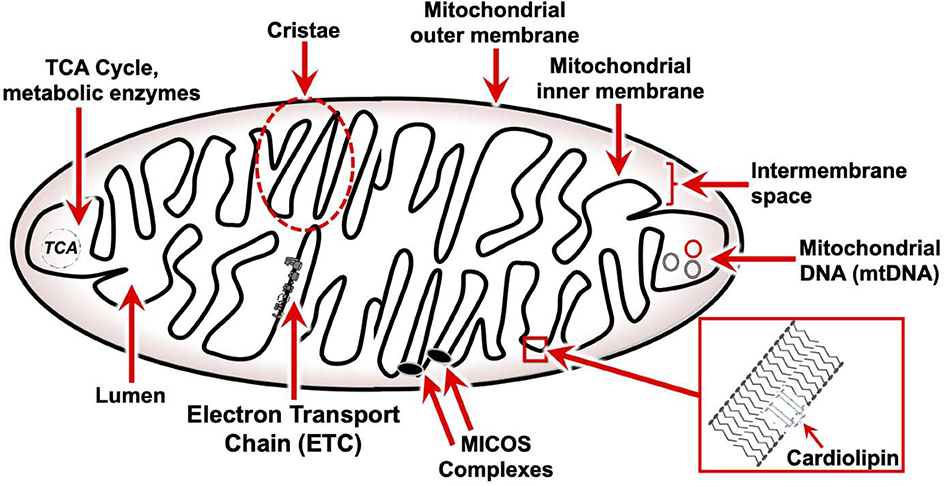Figure 1 – Structure and organization of mitochondria.
Generalized structure and organization of the mitochondria. Mitochondria have two phospholipid bilayer membranes. The outer membrane defines the organelle and separates protein components but is permeable to ions and uncharged small molecules. The inner membrane is impermeable and has a distinct lipid composition, including the specialized phospholipid cardiolipin. Cardiolipin promotes membrane invaginations called cristae, where the large multiprotein electron transport chain complexes localize. Mitochondrial contact site and cristae organizing system (MICOS) complexes regulate the separation of individual cristae. The matrix harbors enzymes of the tricarboxylic acid (TCA) cycle and other metabolic pathways and houses the mitochondrial genome and mitochondrial genetic machinery. Multiple copies of the mitochondrial genome co-exist in each mitochondria.

